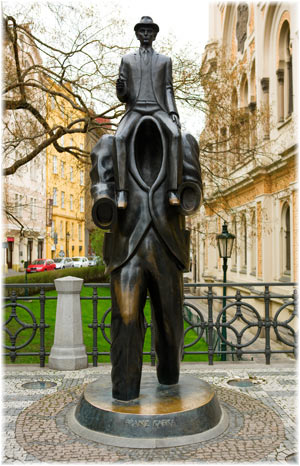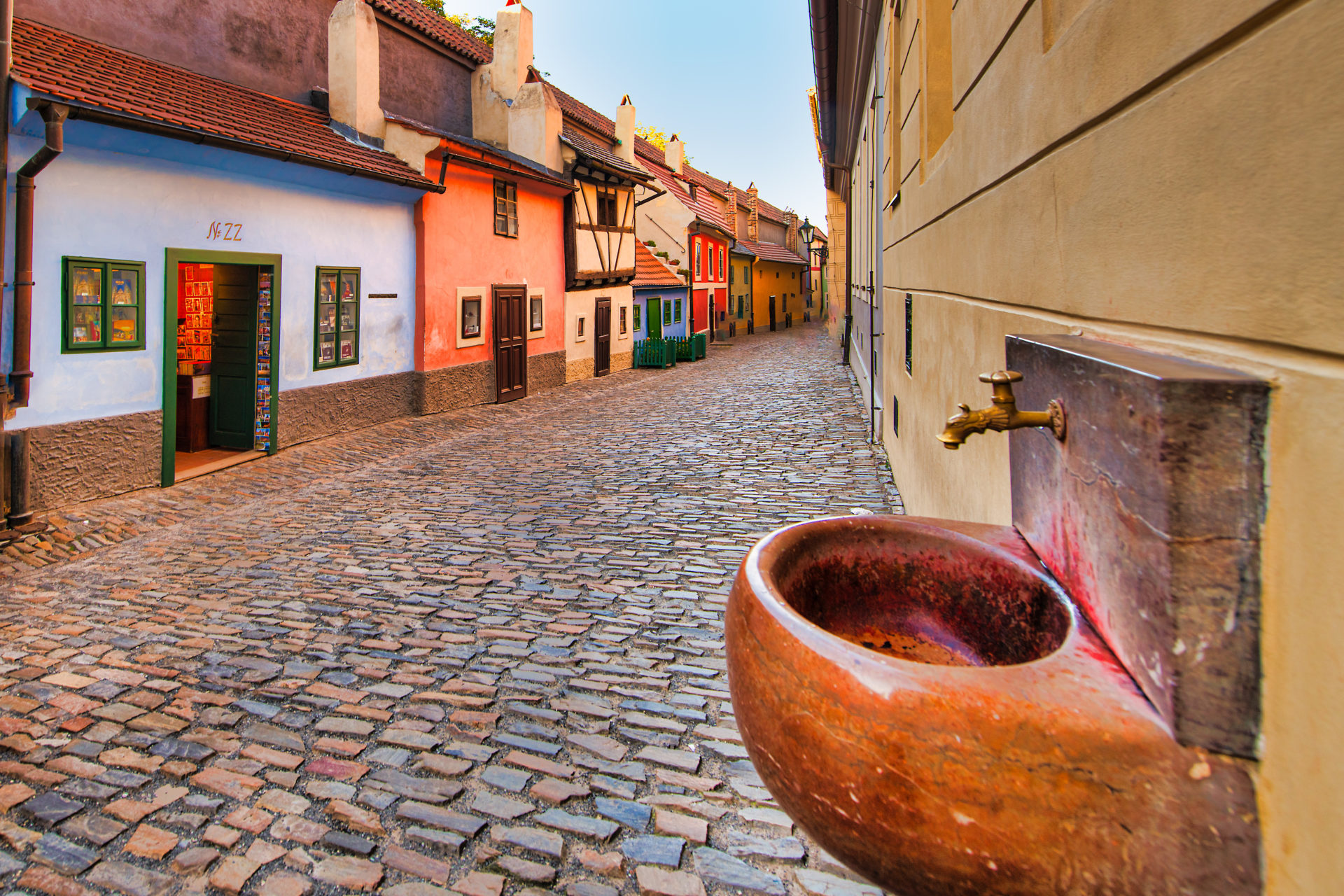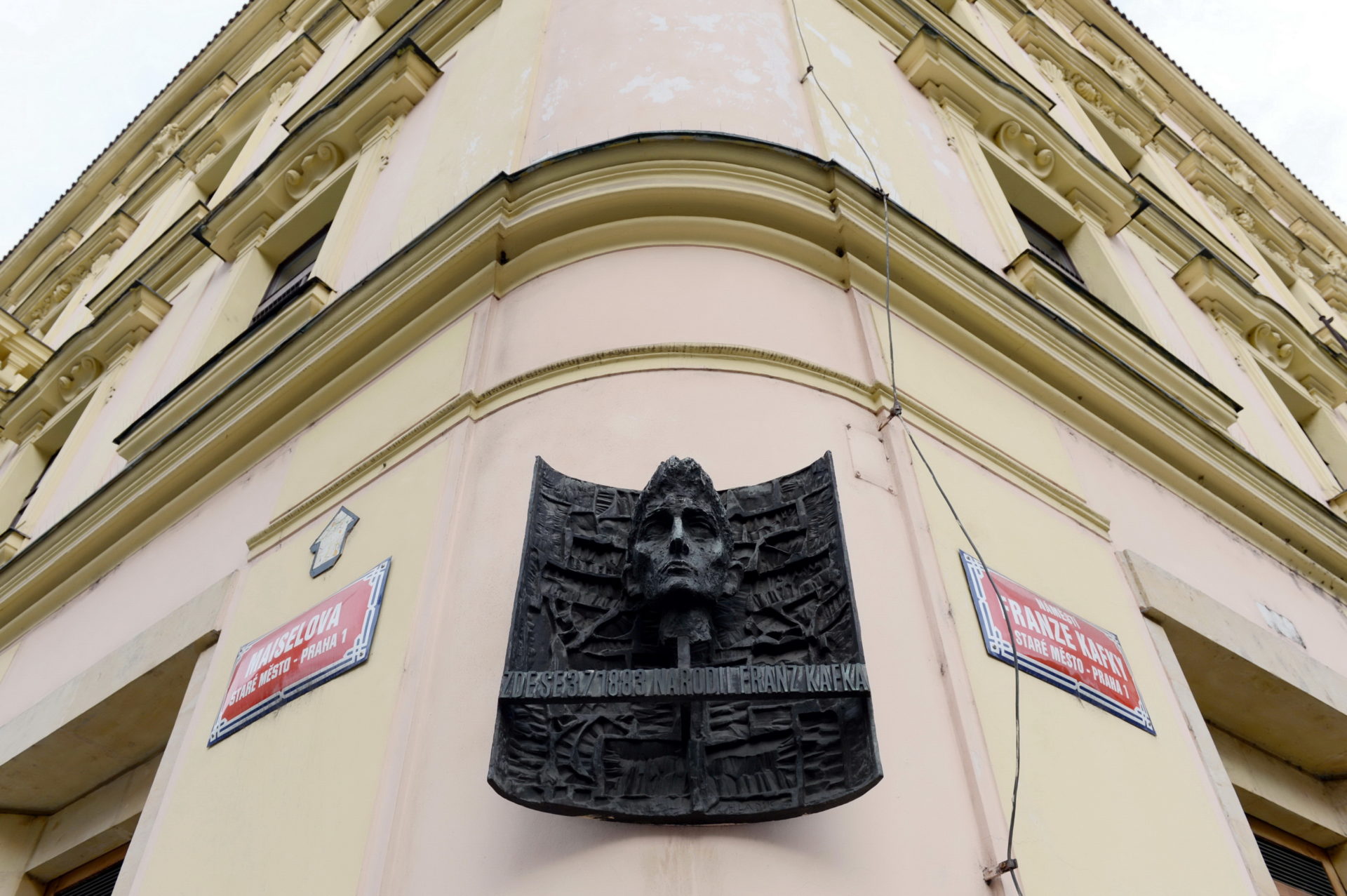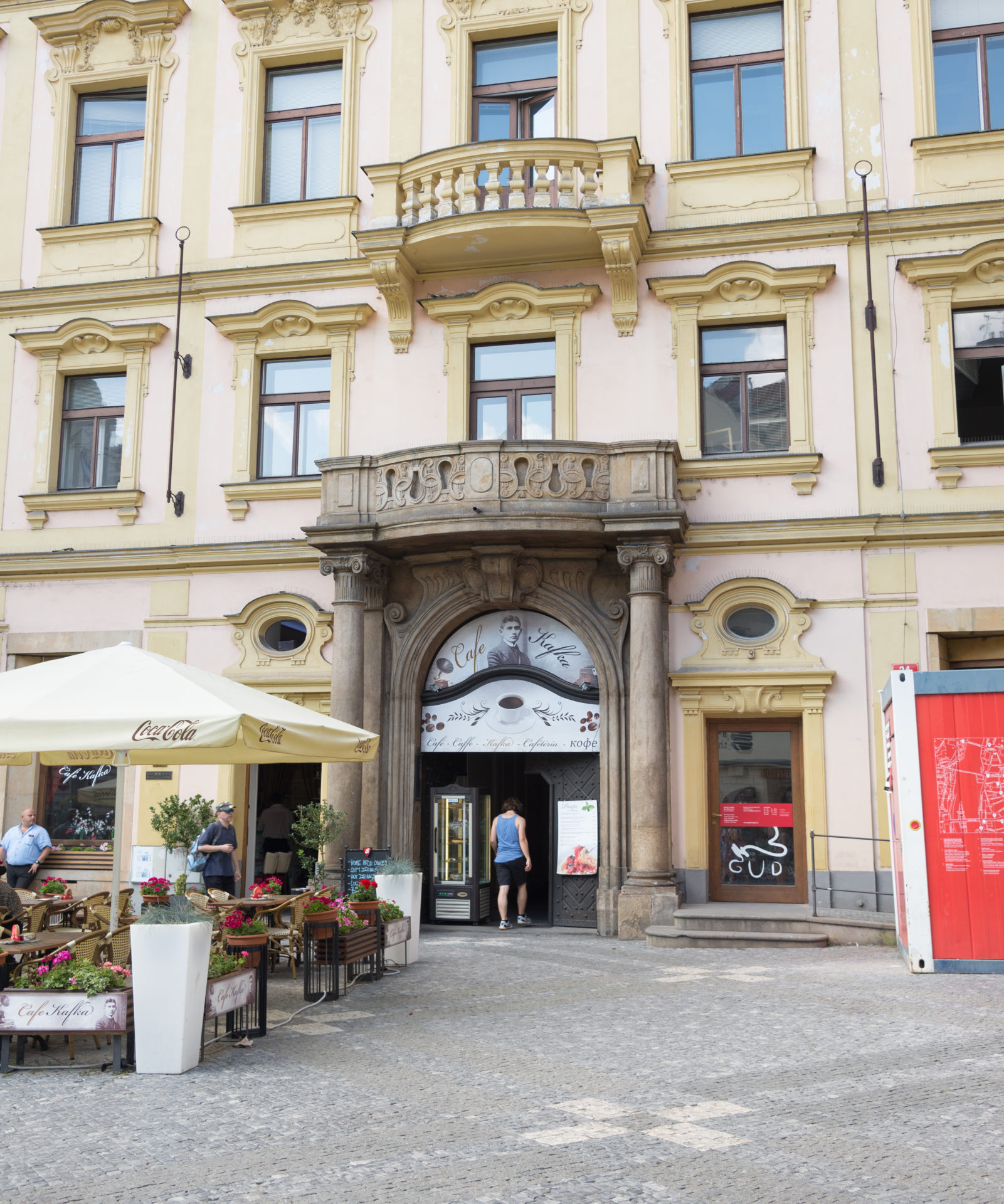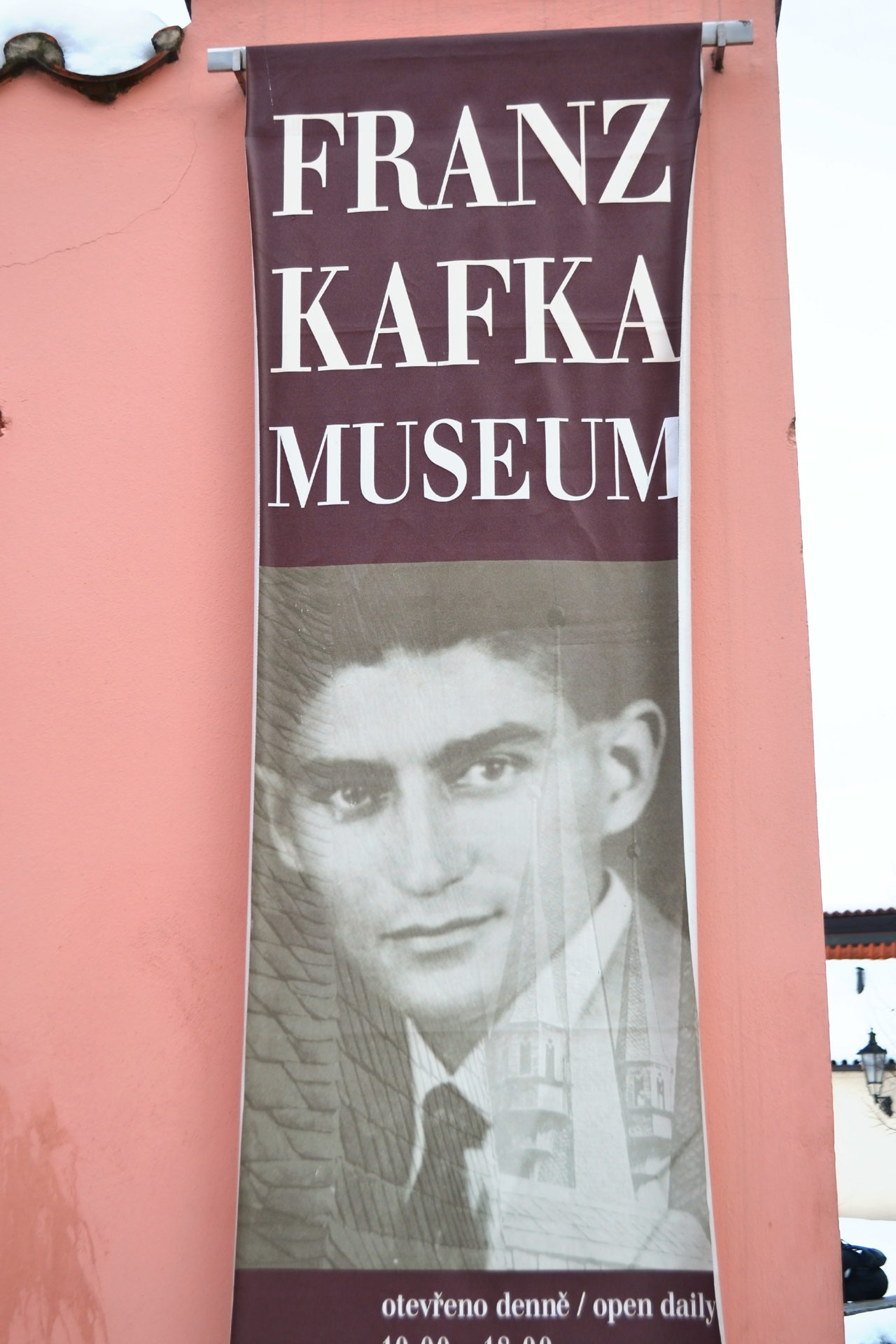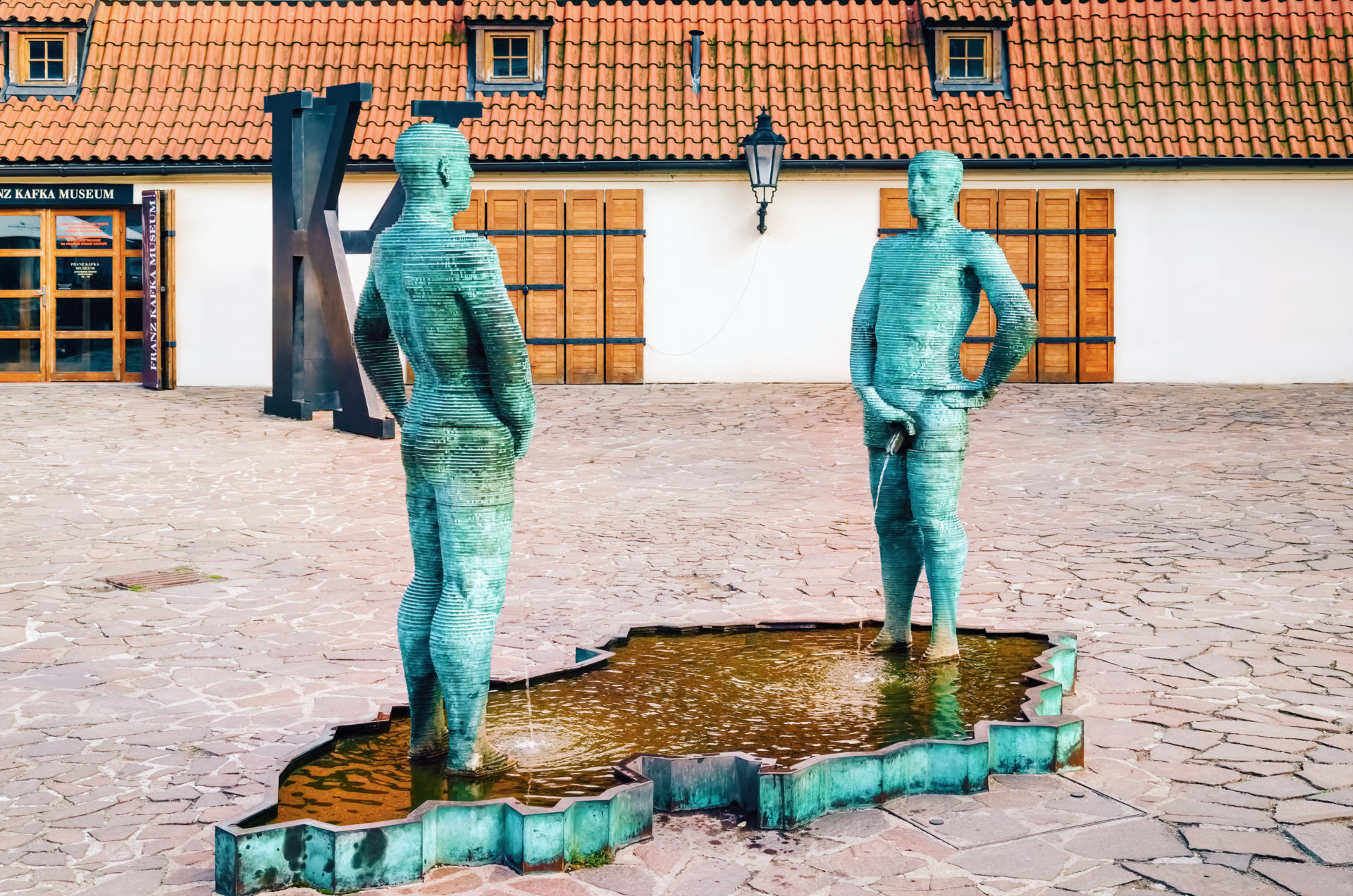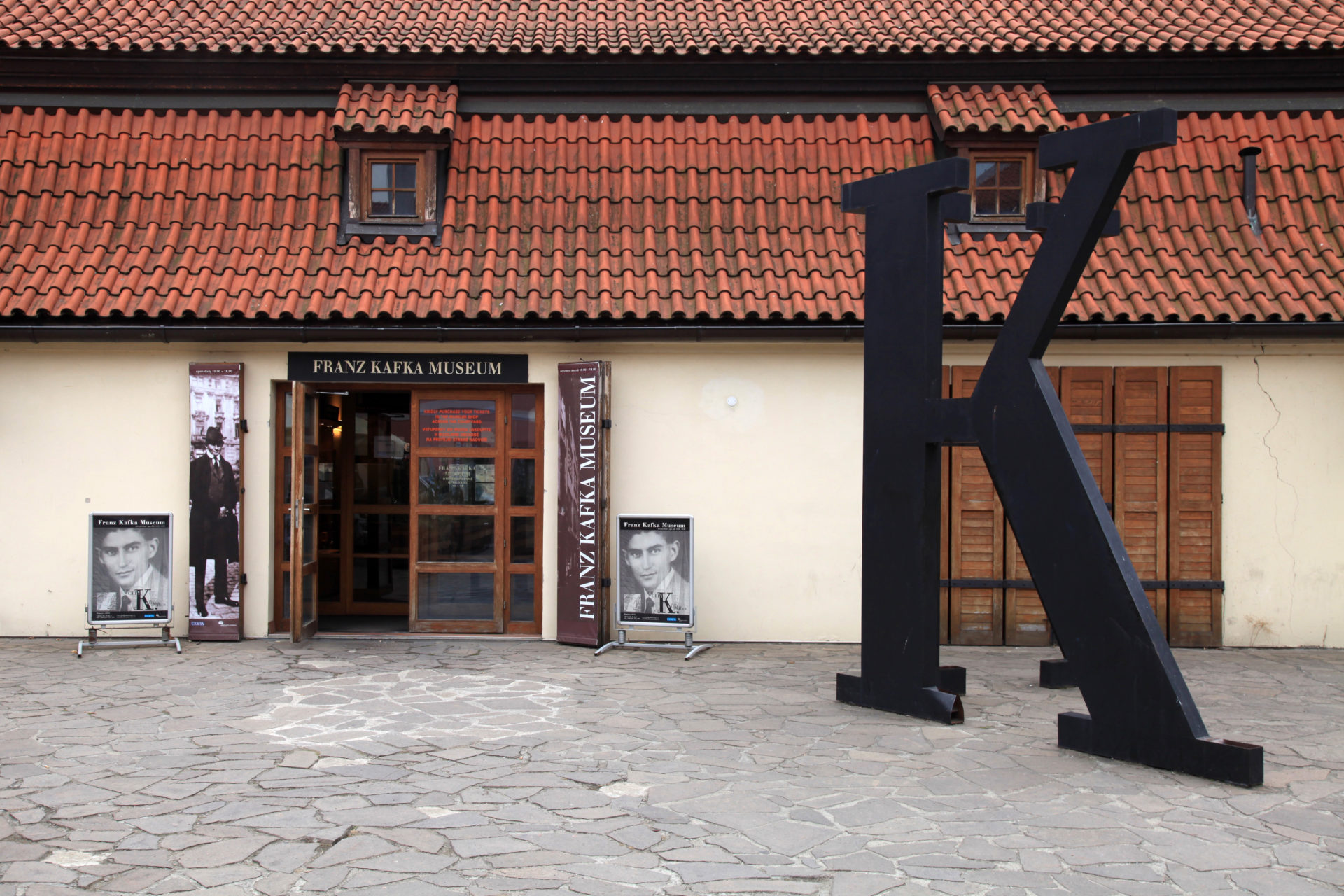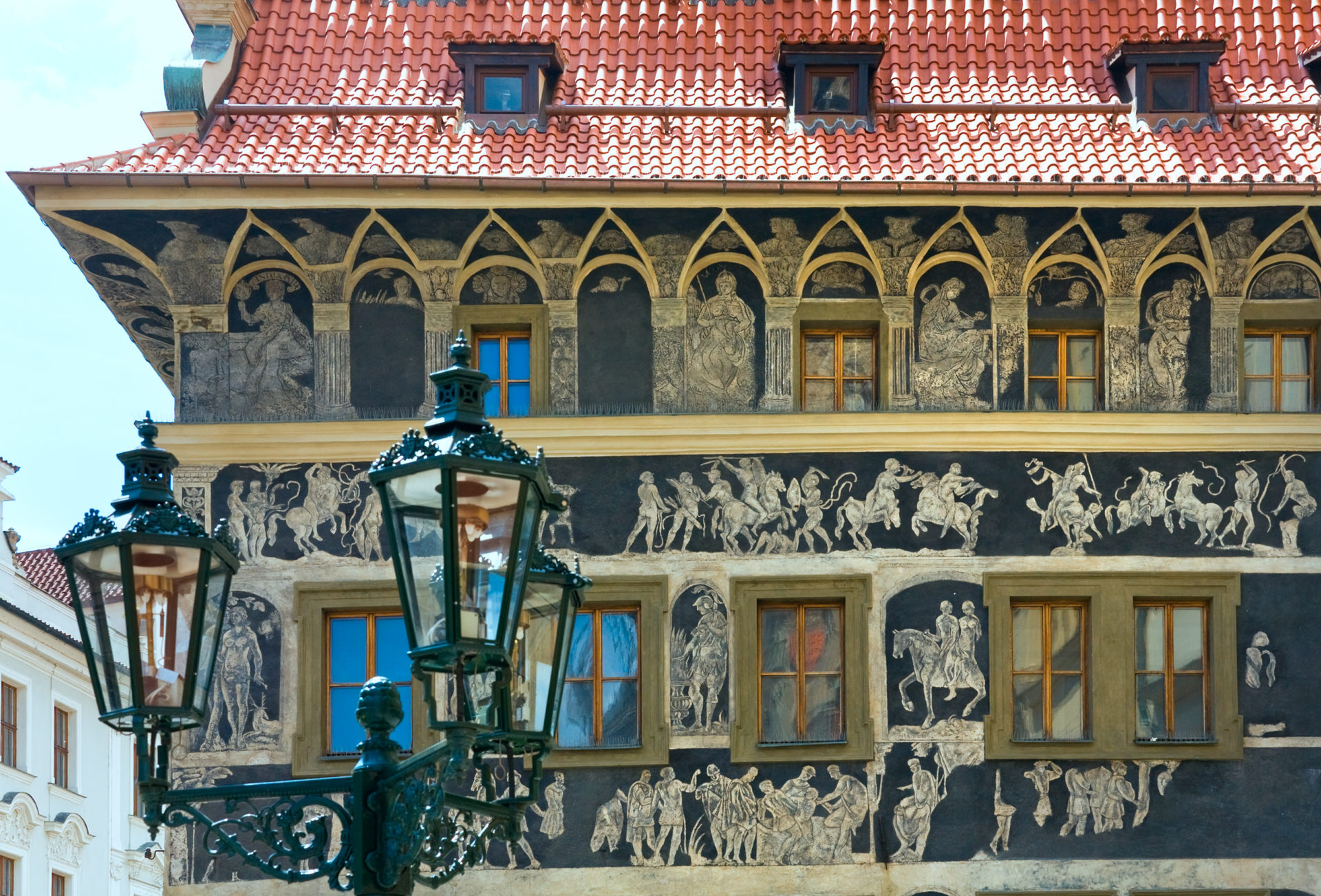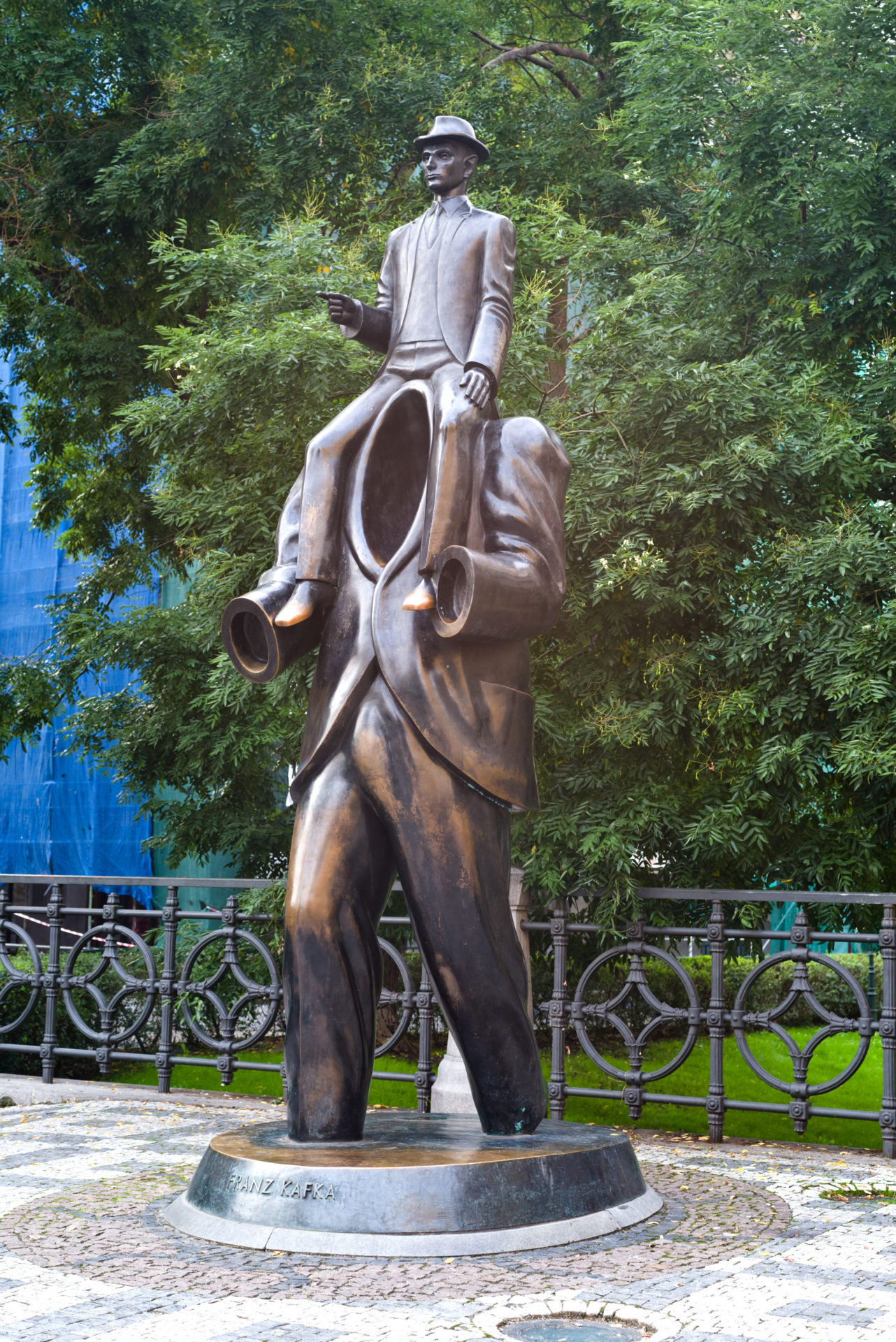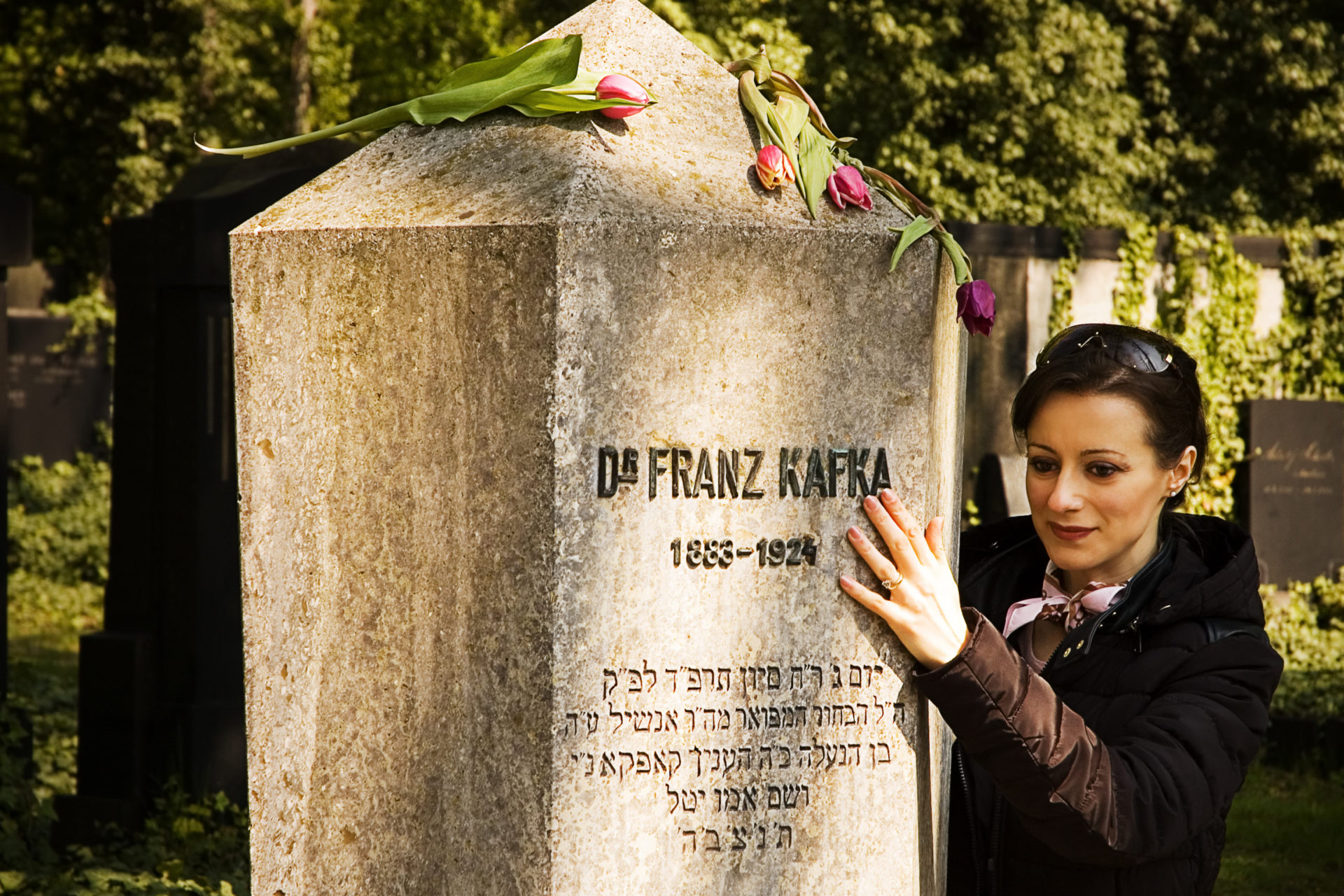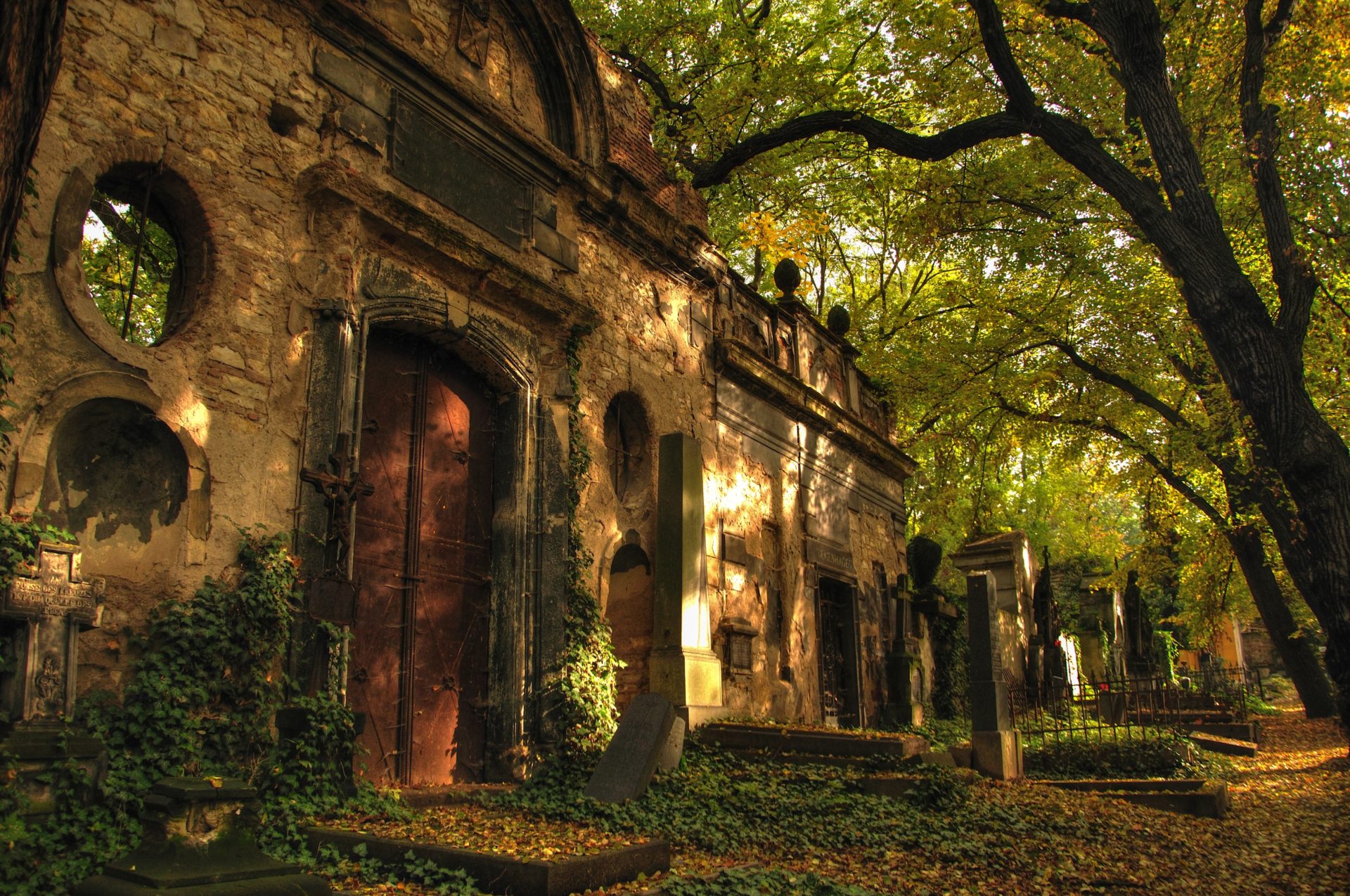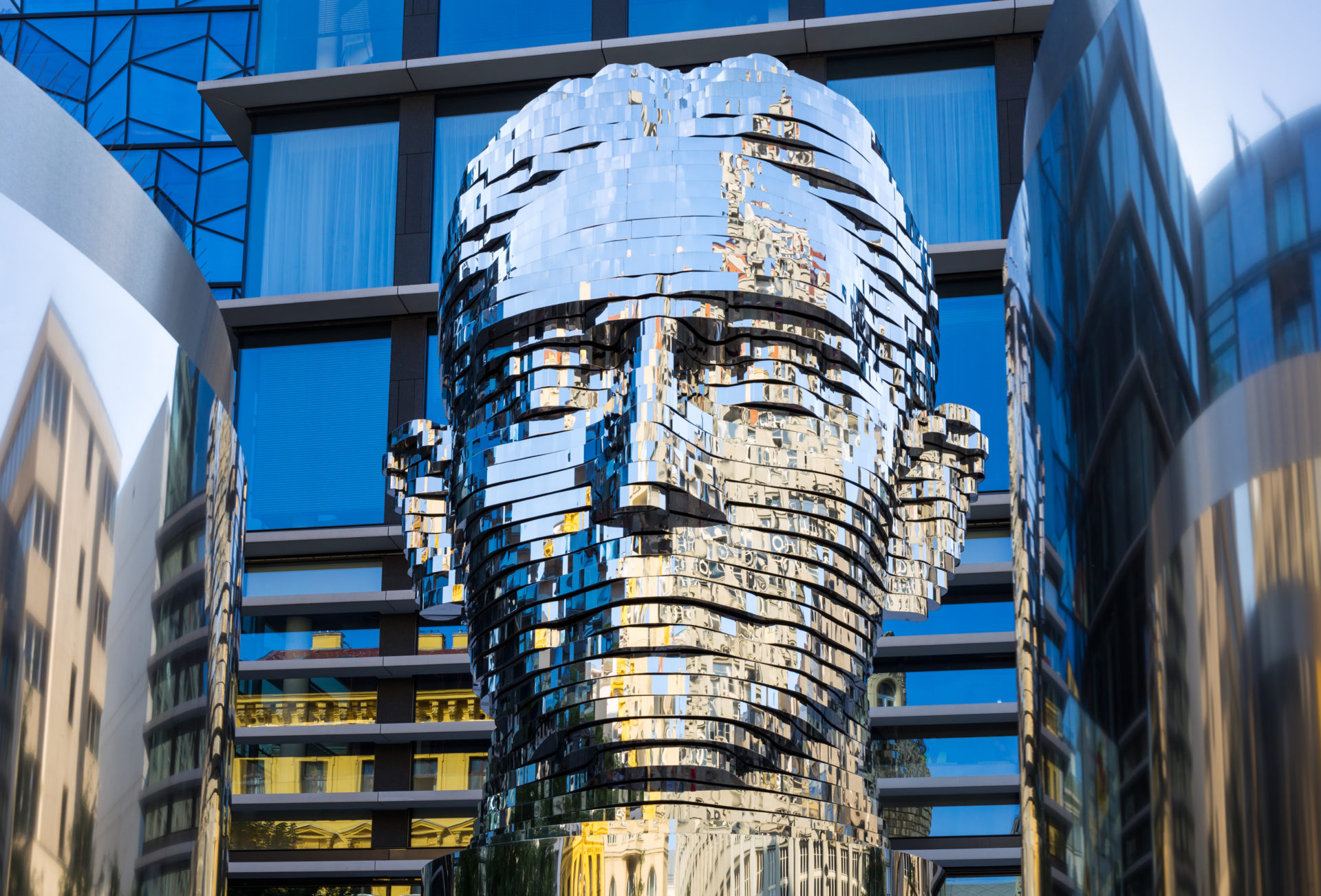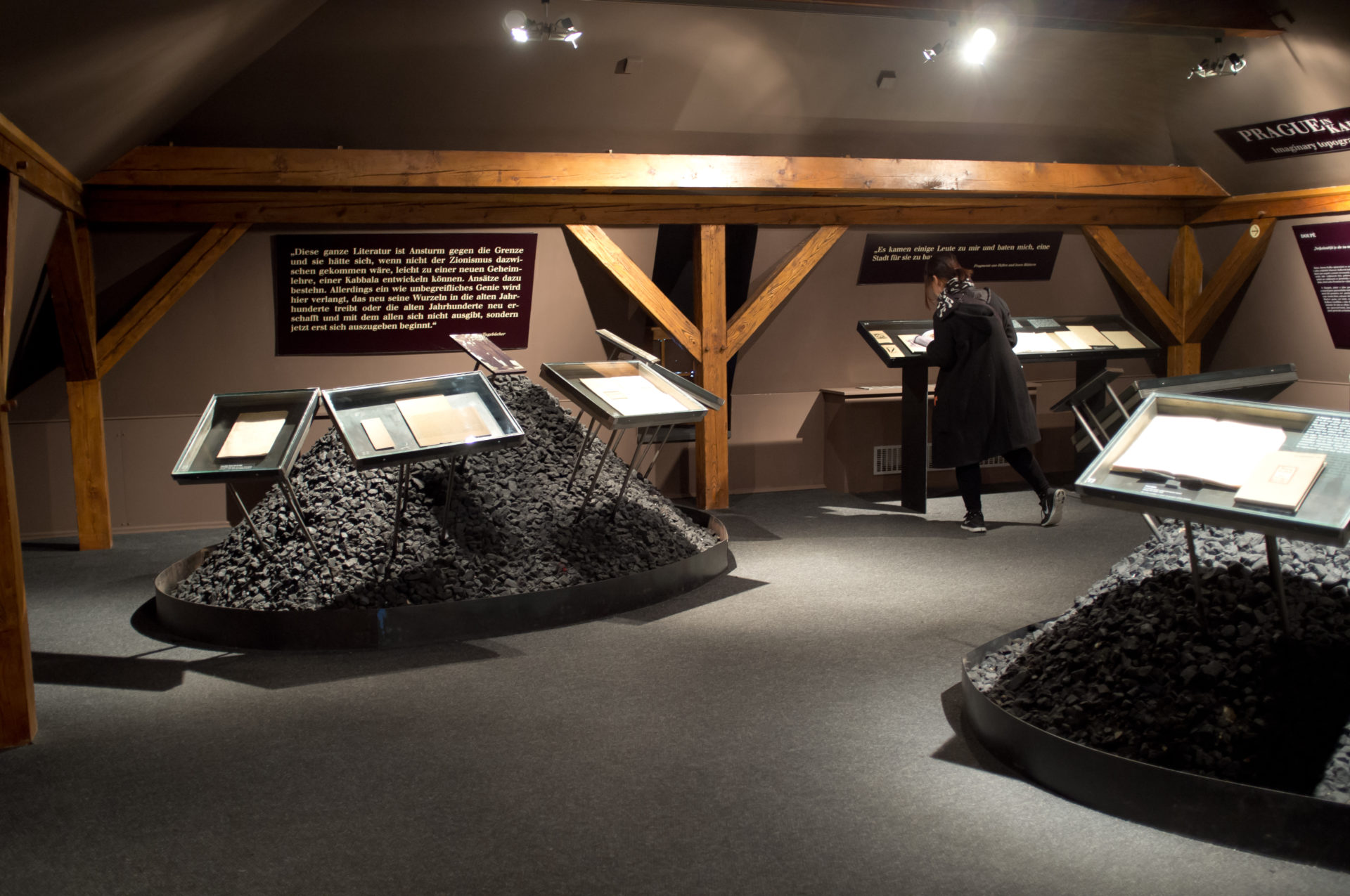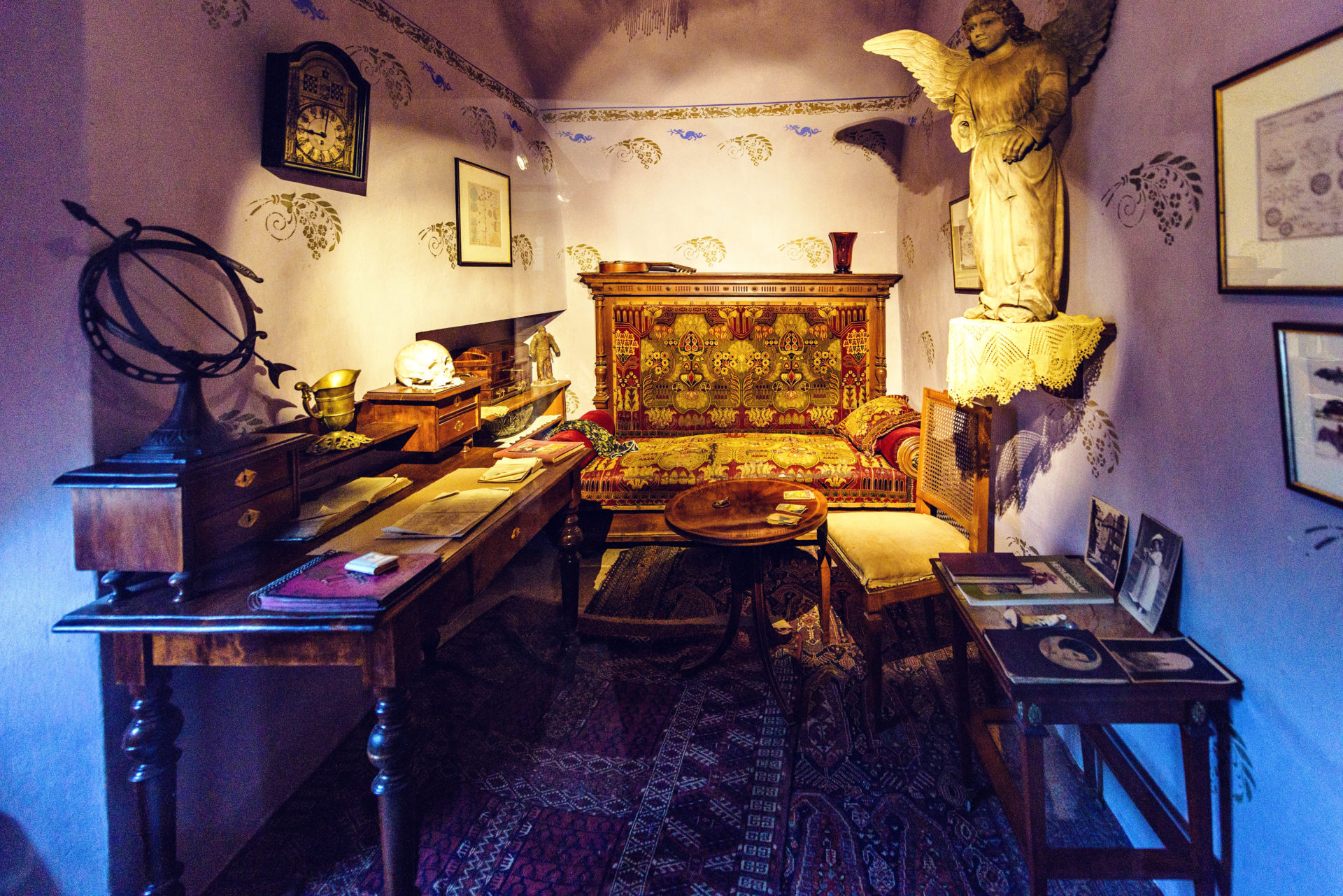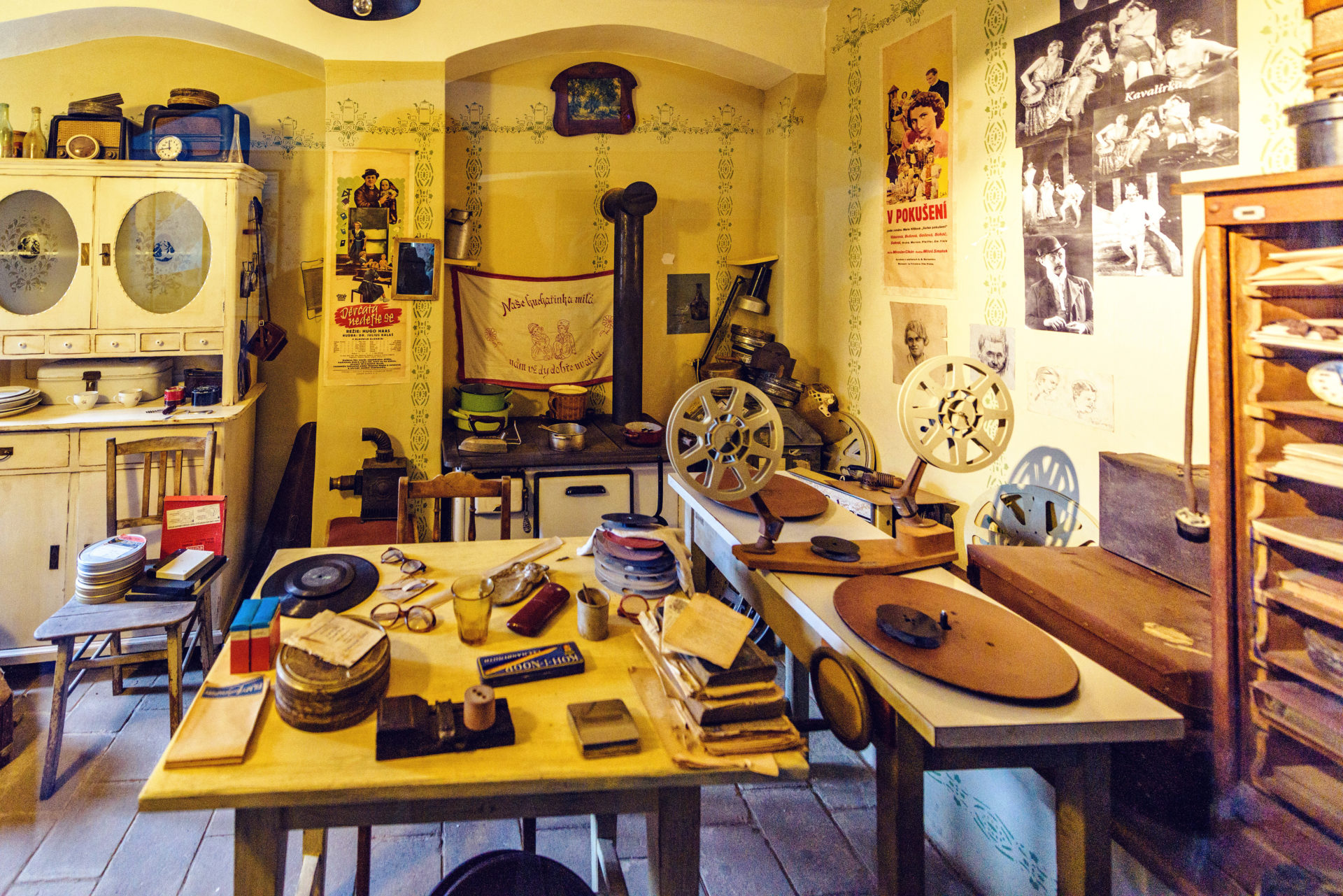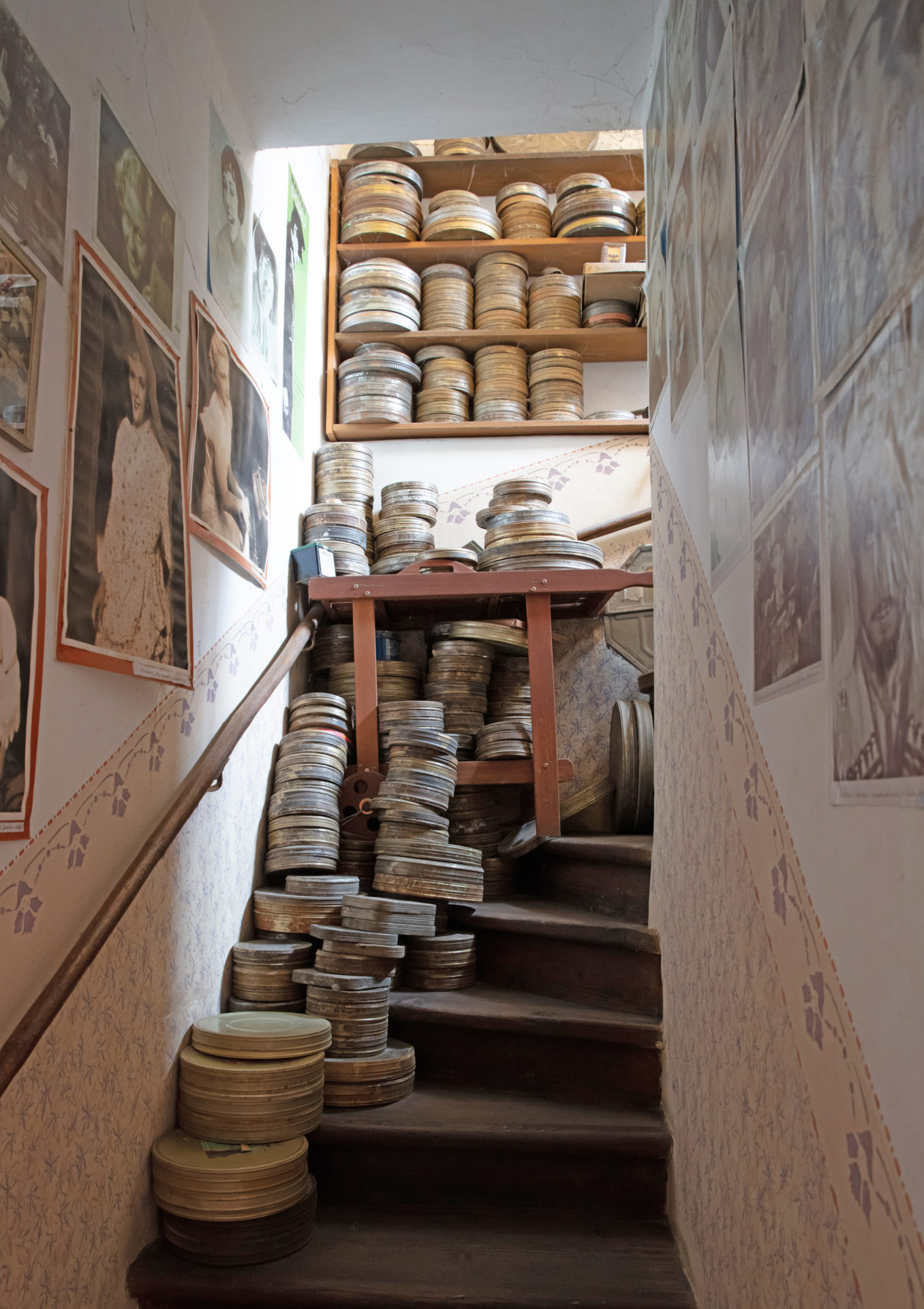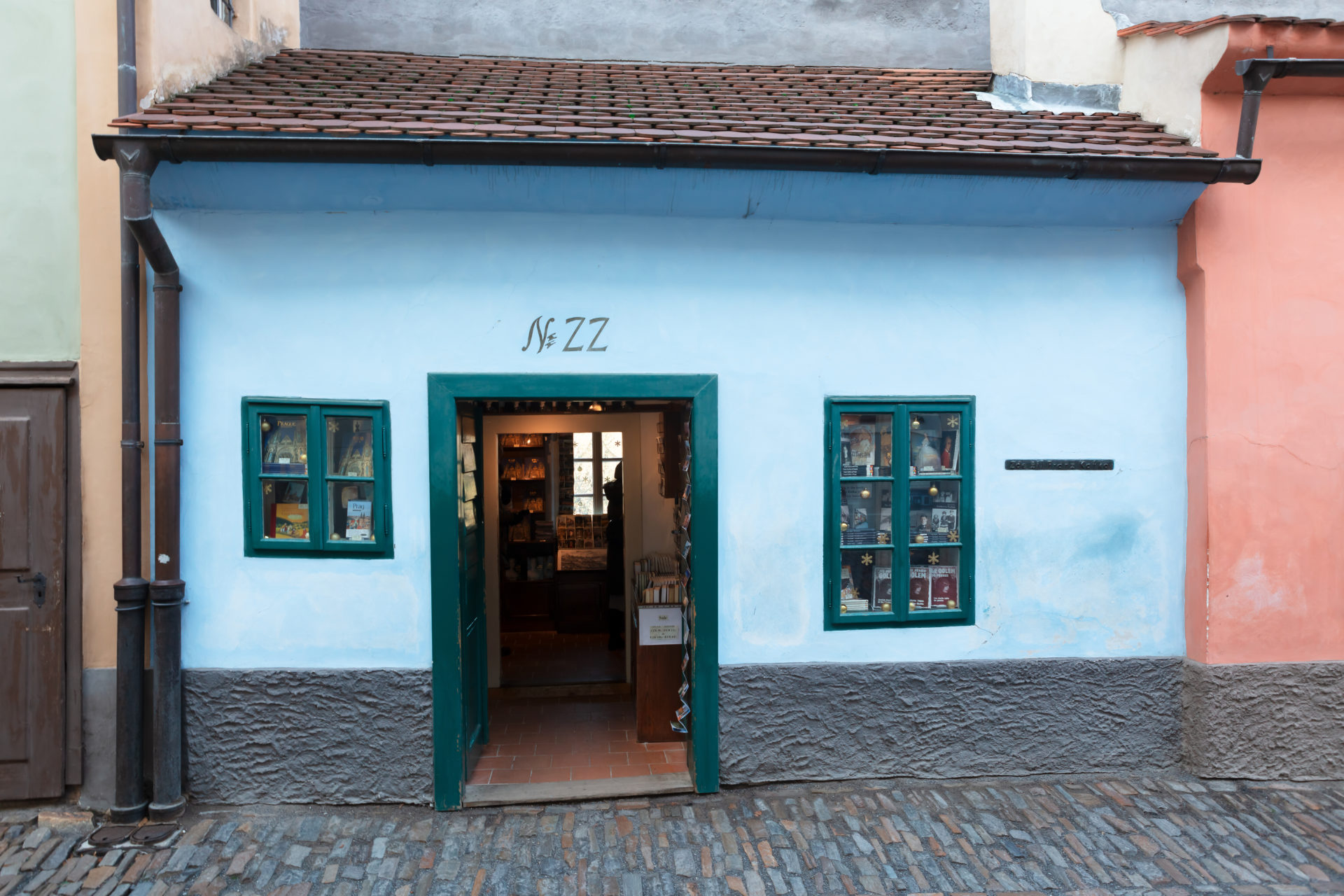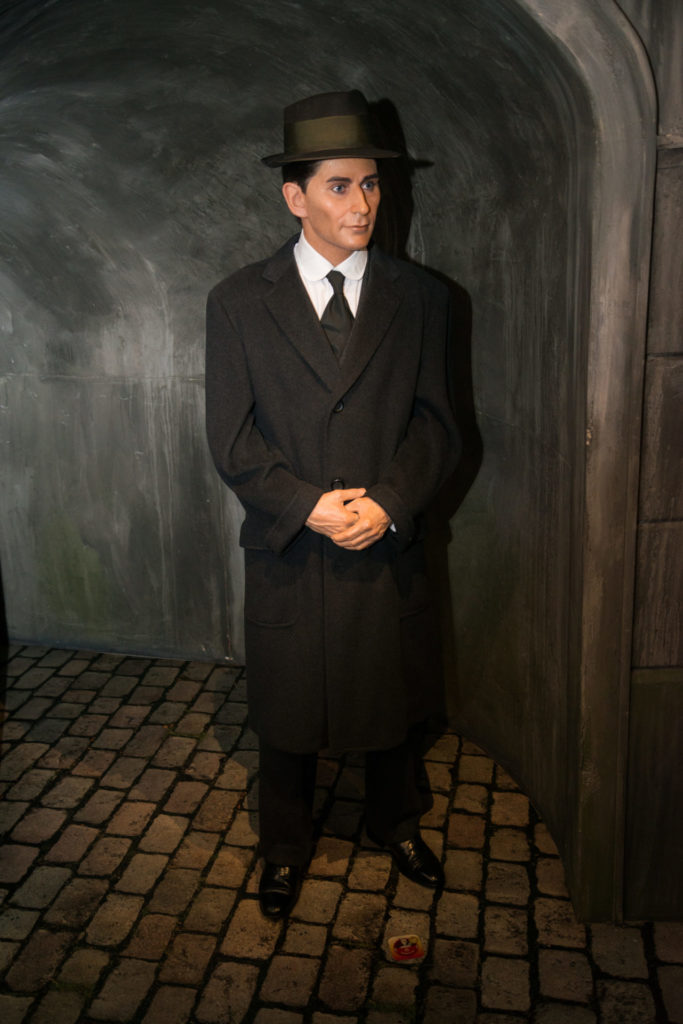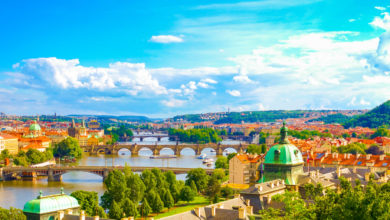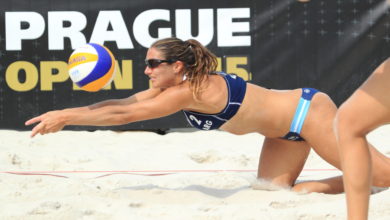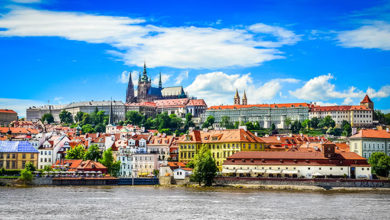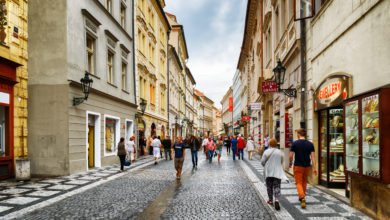Kafka’s Prague
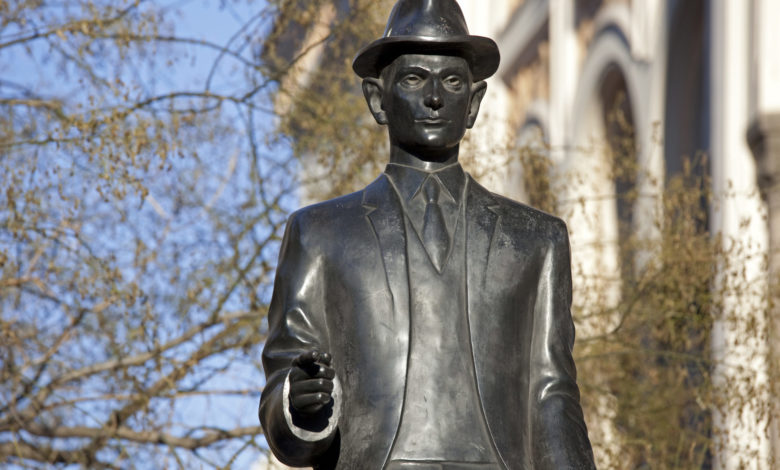
Even if you have never heard about Franz Kafka and have never read one of his books (novels The Trial, America and The Castle have been translated into several languages), you will surely notice his presence while visiting Prague. T-shirts, posters and mugs carrying the writer’s image are available at every souvenir shop across Prague.
Although Kafka wrote his works in German, Franz Kafka (1883–1924) was very much a son of Prague. He lived there all his life, most of the time stayed close to Old Town Square.
Places Where You Can Remember Franz Kafka
Kafka’s Birthplace
Kafka’s Birthplace is situated just beside the St Nicholas Church (Old Town) is the house where Kafka was born (U radnice 5, Old Town). At the time, the neighbourhood was still pretty shabby, just on the edge of the then-Jewish ghetto. The actual house was burnt down, and all that now remains is the remarkable doorway. On the plaque on the side of the house is written FRANZ KAFKA WAS BORN HERE ON July 3, 1883. In the summer, there’s a small Kafka Café on the street level.
Prague Castle (Golden Lane)
When you pass Golden Lane, visit house number 22, where Franz Kafka lived for a short time with his sister. Some of his best works were written here in his sister’s stone cottage, tucked away within the castle walls.
Kafka Museum
This museum reveals the life and work of Franz Kafka, which is displayed in photographs, manuscripts and diaries of Kafka’s works, and audio-visual shows. Location: Hegertova cihelna, Cihelná 2; Open: daily 10am-6pm. www.kafkamuseum.cz
Old-New Synagogue
Franz Kafka’s bar mitzvah was held in this synagogue. On the west wall of the main hall, a glass case formed like the two stone tablets on which Moses received The Ten Commandments. Tiny light bulbs fill the case, lighting up on the anniversary of someone’s death; one of the lights is dedicated to Franz Kafka. www.synagogue.cz
Wenceslas Square
Franz Kafka worked here as a clerk in some of the former insurance offices on the corner of Jindřišská from 1906 to 1907.
Old Town Square
This is not only a place where you can find numerous cafés, restaurants and architectural gems. Franz Kafka spent many years here and in the neighbouring street. In the 1890s, he attended the German grammar school across the square at the bright-pink Kinský Palace. First, Kafka lived in the house on Old Town Square no.2 (the Renaissance house “U Minuty”) just beside the Astronomical Clock. Later in his life, ill with tuberculosis, Kafka moved with his family to the house at Old Town Square no.5. The favourite Kafka memorial is found at Old Town Square no.17, the former home of socialite Berta Fanta, who ran a weekly salon in her drawing-room.
A plaque on the house says: HERE IN THIS SALON OF MRS. BERTA FANTA, ALBERT EINSTEIN, PROFESSOR AT PRAGUE UNIVERSITY FROM 1911 TO 1912, FOUNDER OF THE THEORY OF RELATIVITY, NOBEL PRIZE WINNER, PLAYED THE VIOLIN AND MET HIS FRIENDS, FAMOUS WRITERS MAX BROD AND FRANZ KAFKA.
Café Louvre
Franz Kafka used to discuss philosophy here in the early 1900s. Location: Národní 20, Old Town. www.cafelouvre.cz
Café Franz Kafka
This café might not be related to Kafka but definitely serves tasty apple strudel and good coffee. Location: Široká 12 (Namesti Franze Kafky), Josefov.
Café Arco
Today, little remains of this once-illustrious cafe, one of the centres of German-Jewish intellectual life in the early years of the 20th century, houses a self-service restaurant mostly serving police officers. Once, it was a favourite meeting place of Max Brod, Kafka’s faithful friend and the man arguably most responsible for Kafka’s posthumous fame. Location: Hybernská 16, New Town.
New Jewish Cemetery (Olšany Cemeteries)
This cemetery situated outside the city centre contains the tomb of Franz Kafka. Signs will point you along the way to sector 21, where Kafka’s grave marker stands. Kafka is buried under a simple white stone along with his parents, Hermann and Julie Kafka. A small plaque below is dedicated to Kafka’s three sisters, all of whom died in Nazi concentration camps during World War II.

